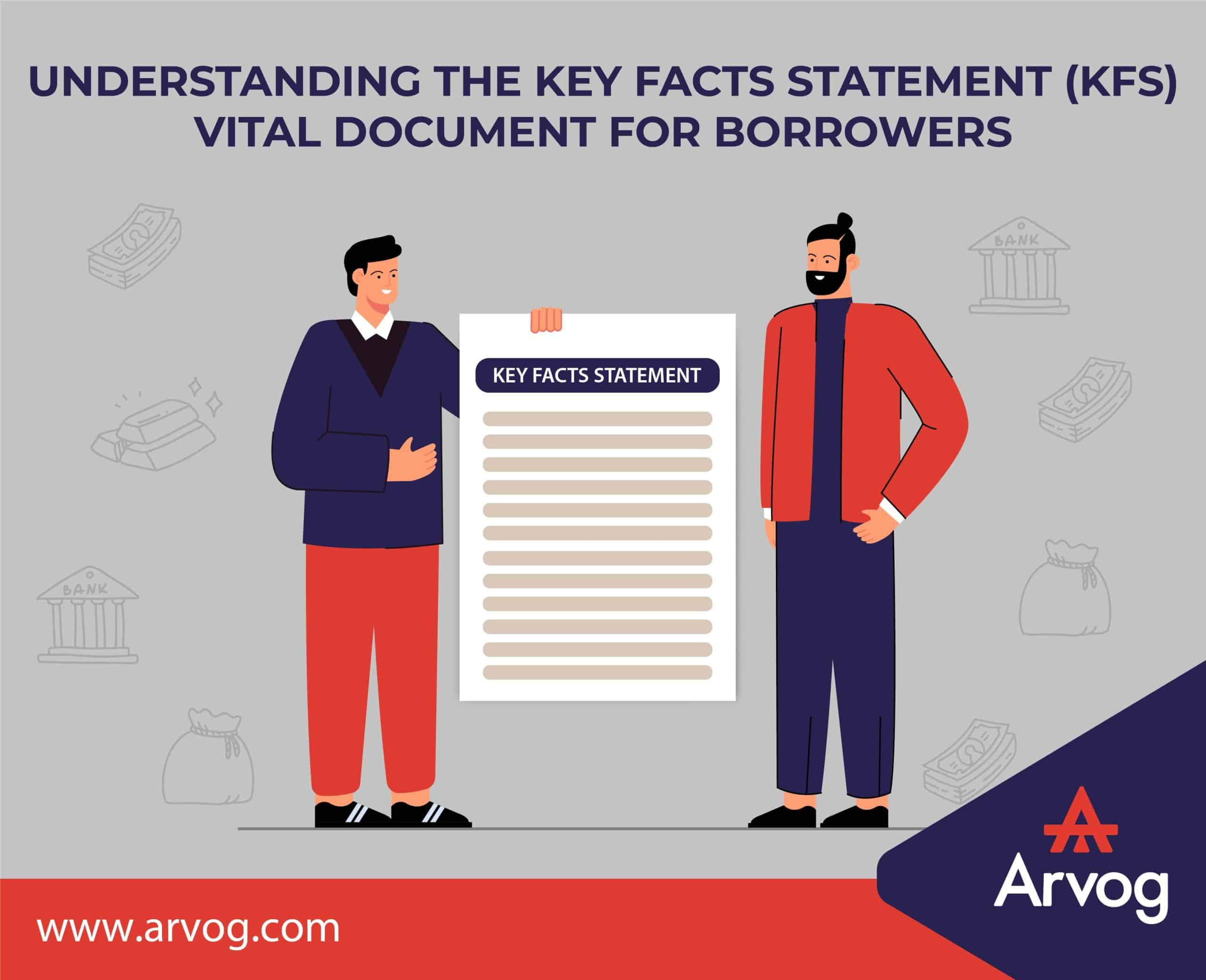
The Key Facts Statement (KFS) is an essential document provided by lenders to borrowers, encompassing all the details of a loan agreement, including interest rates and the annual percentage rate (APR). This RBI-mandated document is designed to help borrowers compare, decide, and execute their desired loans while empowering them with crucial information about their rights and obligations.
A Key Facts Statement (KFS) is a document that lenders provide to borrowers. It clearly lists all the important details about a loan agreement. The purpose of the KFS is to make sure borrowers understand exactly what they are signing up for, helping them make better financial decisions. The Reserve Bank of India (RBI) has required all lenders to use a standard KFS format for retail loans. This standardization makes it easier for borrowers to compare loans from different lenders. Additionally, the RBI insists that lenders must explain the KFS to borrowers and get a confirmation that the borrower understands the information. This ensures that borrowers are fully aware of the terms of their loan. By outlining the borrower’s rights and obligations, the KFS in turn also protects the lenders.
Mainly the following terms have been defined for KFS:
- Regulated entity means any person, other than an individual or HUF, that is subject to the regulatory jurisdiction of an Indian financial regulator viz. Reserve Bank of India, Securities and Exchange Board of India, Insurance Regulatory and Development Authority of India, Pension Fund Regulatory and Development Authority, National Housing Bank and National Bank for Agriculture and Rural Development.
- Key Facts of a loan agreement between an RE/a group of REs and a borrower are legally significant and deterministic facts that satisfy basic information required to assist the borrower in making an informed financial decision.
- Key Facts Statement (KFS) is a statement of key facts of a loan agreement, in simple and easier to understand language, provided to the borrower in a standardised format.
- Annual Percentage Rate (APR) is the annual cost of credit to the borrower which includes interest rate and all other charges associated with the credit facility.
- Equated Periodic Instalment (EPI) is an equated or fixed amount of repayments, consisting of both the principal and interest components, to be paid by a borrower towards repayment of a loan at periodic intervals for a fixed number of such intervals; and which result in complete amortisation of the loan. EPIs at monthly intervals are called EMIs.
According to RBI guidelines, lenders (REs) must furnish a clear and concise one-page key fact statement (KFS) to all individual borrowers at every stage of the loan processing (refer to the RBI prescribed format below). This KFS should adhere to the prescribed format and must be provided whenever there are changes in any terms and conditions. This document is crucial for borrowers, as it offers a comprehensive overview of loan details, including charges and interest rates. By presenting this information in a standardized format, the KFS enables borrowers to easily compare loan offers from different lenders, empowering them to make informed decisions and select the most favorable terms available.
|
||||||||||||||||||||||||||||||||||||||||||||||||||||
The above is an extract from RBI Notification.




